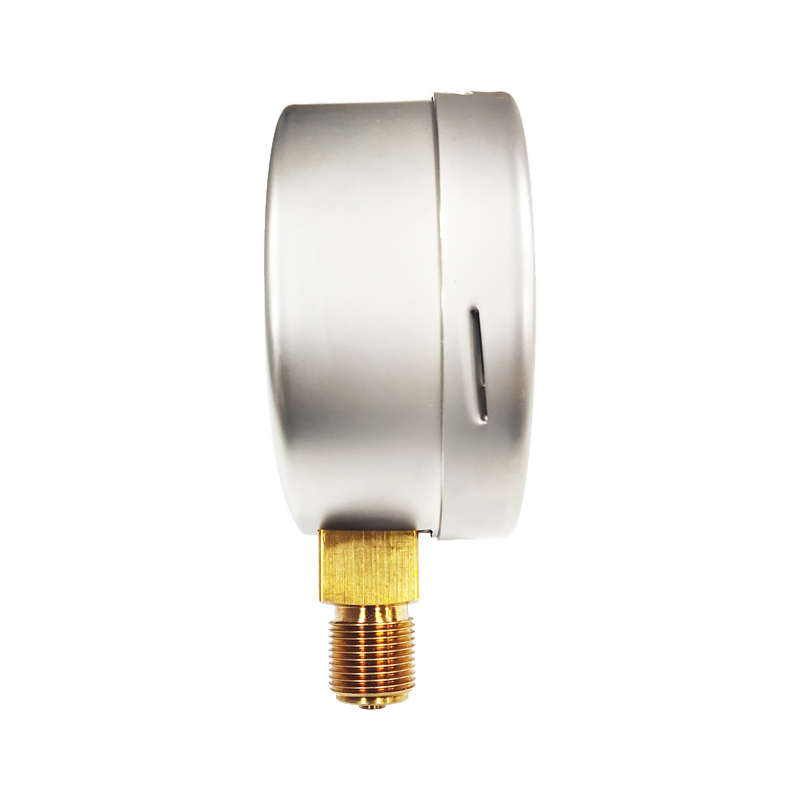
Nov . 24, 2024 20:44 Back to list
Top Performance Capacitance Diaphragm Pressure Gauge for Accurate Measurements in Various Applications
Understanding the Best Capacitance Diaphragm Pressure Gauges
When it comes to measuring pressure in various industrial applications, accurate and reliable instruments are vital. Among the different types of pressure gauges available, capacitance diaphragm pressure gauges stand out for their precision and efficiency. This article delves into the workings, advantages, and applications of capacitance diaphragm pressure gauges, shedding light on why they are considered the best for specific scenarios.
What is a Capacitance Diaphragm Pressure Gauge?
A capacitance diaphragm pressure gauge is a type of pressure sensor that utilizes a diaphragm to sense pressure changes. The core principle behind its operation is the relationship between pressure and capacitance. The diaphragm, typically made of a flexible material, deforms when pressure is applied. This deformation causes a change in the capacitance of the system, which can be precisely measured and converted into a pressure reading.
Capacitance pressure gauges consist of two main components the diaphragm and the electrodes. The diaphragm separates the measurement chamber from the atmosphere, while the electrodes are placed on either side of the diaphragm. As the diaphragm flexes under pressure, the distance between the electrodes changes, leading to variations in capacitance that correlate directly with pressure levels.
Advantages of Capacitance Diaphragm Pressure Gauges
1. High Accuracy and Sensitivity One of the key benefits of capacitance diaphragm gauges is their high level of accuracy. They can measure very subtle changes in pressure, making them suitable for applications requiring fine measurements.
2. Wide Measurement Range These gauges can handle a wide range of pressures, from vacuum conditions to high pressure, making them versatile for different industrial applications.
3. Minimal Hysteresis Compared to mechanical gauges, capacitance diaphragm pressure gauges exhibit minimal hysteresis, meaning that their readings are consistent regardless of the pressure’s rising or falling phase. This property enhances their reliability over time.
4. Low Drift With excellent long-term stability, capacitance diaphragm gauges experience low drift, maintaining their accuracy for extended periods without the need for frequent recalibration.
5. Compact Size Their design allows for smaller size and weight, which is advantageous in installations where space is limited.
.best capacitance diaphragm pressure gauge

6. Robustness Many capacitance gauges are designed to operate in harsh environments and can withstand vibrations, shocks, and even certain chemical exposures.
Applications of Capacitance Diaphragm Pressure Gauges
Due to their accurate and reliable performance, capacitance diaphragm pressure gauges are widely used in various industries. Here are some notable applications
- Oil and Gas In drilling and production operations, precise pressure measurements are critical for safety and efficiency. Capacitance gauges can monitor pressures in tanks, pipelines, and during extraction processes.
- Pharmaceuticals and Food Processing These industries demand high standards of hygiene and accuracy. Capacitance diaphragm gauges help maintain the required pressure levels during sterile processes.
- Aerospace Accurate pressure readings are crucial in aerospace applications, where even slight deviations can lead to significant challenges. Capacitance gauges are often used in hydraulic and fuel systems.
- HVAC Systems In heating, ventilation, and air conditioning systems, maintaining proper pressure levels is essential for performance and efficiency. Capacitance diaphragm gauges help monitor and control these systems effectively.
- Research Laboratories Many research settings require precise pressure controls for experiments. The sensitivity of capacitance gauges makes them ideal for such applications, enabling scientists to achieve accurate results.
Conclusion
Capacitance diaphragm pressure gauges offer unparalleled accuracy, sensitivity, and robustness, making them a top choice in various industries. Their unique ability to measure pressure changes with high precision and minimal drift sets them apart from conventional mechanical gauges. As industries continue to seek improved measurement solutions, capacitance diaphragm pressure gauges are likely to remain at the forefront of pressure sensing technology. Whether in oil and gas, pharmaceuticals, aerospace, or HVAC systems, these gauges play a critical role in ensuring operational efficiency, safety, and reliability.
-
High-Precision 5 Valve Manifold Differential Pressure Gauge Suppliers
NewsApr.29,2025
-
High-Precision Diaphragm Vacuum Pressure Gauges Manufacturers & Quotes
NewsApr.29,2025
-
Omega Differential Pressure Gauges High Accuracy & Durability
NewsApr.28,2025
-
Low Pressure Differential Pressure Gauges Precision Solutions & Quotes
NewsApr.28,2025
-
Digital Diaphragm Pressure Gaauge Precision Measurement & OEM Quotes
NewsApr.28,2025
-
Differential Pressure Gauge China Price High-Accuracy & Best Quotes
NewsApr.28,2025
